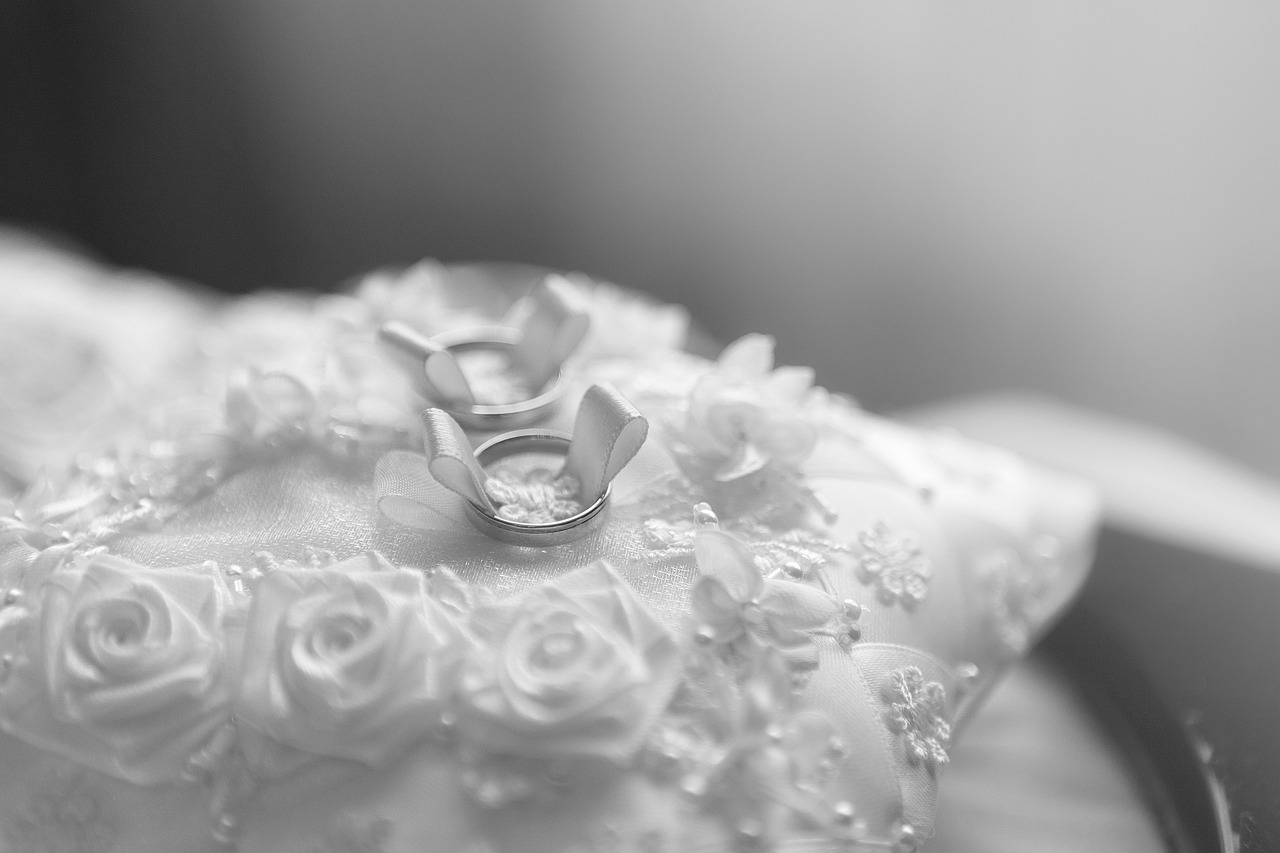Flowers have been used to convey messages for centuries, dating back to ancient civilizations such as the Greeks and Romans. However, it wasn’t until the 18th century that the concept of the “language of flowers” became popular. This language allowed people to send secret messages through the choice of individual flower species, as each bloom was associated with a specific meaning. For example, red roses symbolized love and passion, while yellow roses represented friendship and joy.
The language of flowers became especially popular during the Victorian era, as it was seen as a way for people to express emotions that were considered inappropriate to verbalize. This section delves into the fascinating history of the language of flowers and how it has influenced floral designs throughout the years.
The Language of Flowers
The Language of Flowers dates back centuries and has been used as a way to communicate without words. People have associated each bloom with specific meanings and emotions, allowing them to express themselves through floral arrangements. The fascinating history of this language and its influence on our choices when it comes to floral designs have been explored in this section.
During the Victorian era, the symbolism of flowers became more complex, and the language of flowers was born. Each flower had a meaning, and the way it was presented, the color, and even the way it was held could change the message. For example, a red rose meant love, while a white rose meant innocence and purity, and the way they were arranged could represent different emotions.
Today, florists still use the language of flowers to convey specific messages or emotions, and people still use it to express love, friendship, admiration, and even condolences. Understanding the language of flowers can help in choosing the perfect blooms for any occasion, and it adds another layer of meaning to the already beautiful and meaningful gesture of giving flowers.
Choosing the Right Flowers
Choosing the right flowers for any occasion can be overwhelming, but understanding the symbolic meanings behind each bloom can help simplify the process. For example, if you’re looking to convey love and passion, roses are the perfect choice. However, the color of the rose can also convey different emotions. Red roses represent love, while pink roses symbolize admiration, gratitude, and joy.
When selecting flowers for sympathy or condolence, lilies are a popular choice. White lilies represent purity and innocence, while stargazer lilies symbolize sympathy and the restored innocence of the soul.
If you’re looking to congratulate someone or express gratitude, sunflowers are an excellent choice. These bright blooms symbolize adoration, loyalty, and joy.
When it comes to floral arrangements, consider incorporating a variety of blooms to convey a specific message. For example, a bouquet of mixed flowers can represent diversity, while selecting flowers in the recipient’s favorite color can add a personal touch.
Remember, the possibilities are endless when it comes to selecting the perfect flowers for any occasion. Consider the symbolic meanings behind each bloom and let your creativity guide you in choosing the perfect arrangement.
Romantic Blossoms
When it comes to romance, some flowers have always been the first choice for lovers due to their significance. The red rose has been a symbol of love and passion for centuries and continues to be the most popular choice for Valentine’s Day and wedding anniversaries. Its deep red hue represents true love and desire.
Another popular romantic flower is the lily, with its white color symbolizing purity and innocence. It is often used in wedding bouquets and represents the beginning of a new life together.
In addition to roses and lilies, other romantic flowers include tulips, orchids, and carnations. Each bloom has its own unique symbolic meaning, allowing individuals to choose the perfect flower to convey their feelings to their loved ones.
While the tradition of giving flowers for romantic occasions has been around for centuries, these blooms continue to be popular due to their timeless beauty and meaningful symbolism.
Roses
Roses are widely considered as the universal symbol of love and passion, but did you know that the color of the rose holds significant meaning as well? The color of the rose can convey different emotions ranging from love to gratitude. For example, red roses represent love, while pink roses symbolize admiration, joy, and gratitude. White roses, on the other hand, signify purity, innocence, and new beginnings. Yellow roses, however, have a negative connotation as they represent jealousy and infidelity.
The history of the rose as a symbol of love and affection can be traced back to ancient Greek mythology. According to legend, red roses emerged from the blood of Adonis, the lover of the goddess Aphrodite. In Roman mythology, the rose was associated with the goddess Venus, who was often depicted surrounded by roses.
Today, roses continue to be one of the most popular choices for romantic occasions such as weddings, anniversaries, and Valentine’s Day. They are often used in floral arrangements and bouquets to convey love, passion, and affection to the recipient.
Lilies
Lilies are a popular choice for romantic occasions due to their representation of purity and innocence. There are several varieties of lilies, each with their own unique meanings that can be incorporated into floral designs. For example, the white stargazer lily symbolizes sympathy and compassion, while the yellow lily represents thankfulness and gratitude.
When incorporating lilies into a floral design, it is important to consider the meanings associated with each variety and their placement in the arrangement. For instance, using the white stargazer lily in a sympathy bouquet would convey a heartfelt message of condolences, while using the yellow lily in a congratulatory arrangement would express gratitude for the recipient’s achievements.
In addition to their symbolic meanings, lilies are also a versatile flower that can be used in a variety of arrangements. They can be paired with other romantic blossoms like roses or used as a standalone centerpiece. Lilies are also a popular choice for wedding bouquets, representing the purity and beauty of the bride. Overall, incorporating lilies into a floral design adds a touch of elegance and sentimentality that can enhance any occasion.
Sentimental Blooms
Sentimental flowers hold a special place in our hearts, representing a range of emotions from sympathy to gratitude. Roses, for example, are often used to express condolences, with white roses symbolizing purity and innocence. Similarly, lilies and chrysanthemums are also commonly used in funeral arrangements, representing the cycle of life and death. For occasions such as weddings and anniversaries, orchids and daisies are popular choices, respectively symbolizing love and loyalty. Carnations are a versatile flower, used for everything from expressing admiration (pink) to saying thank you (white). Whatever the occasion, the language of flowers helps us choose blooms that truly convey our sentiments.
New Trends in Floral Design
As we continue to evolve in the world of floral design, we see more and more creative ways of incorporating the meanings of flowers into arrangements. Symbolic meanings are used to create unique combinations of blooms, representing different emotions and sentiments. This not only adds a personal touch to the arrangement but also gives deeper meaning to the occasion.
One major trend in floral design is the use of unconventional elements such as succulents, herbs, and even vegetables. These elements are combined with traditional blooms to create a unique and modern look. For example, a floral arrangement for a farm-to-table event may feature fruits and vegetables alongside wildflowers and herbs.
Another trend in floral design is the use of sustainable and locally grown flowers. This not only supports local businesses but also reduces the carbon footprint of the floral industry. Many designers are also opting for eco-friendly packaging options like recycled paper and biodegradable materials.
Overall, trends in floral design reflect our changing attitudes towards the environment and our desire for more meaningful and personal celebrations. Incorporating symbolic meanings and unique elements into floral arrangements will continue to be popular in the years to come.










